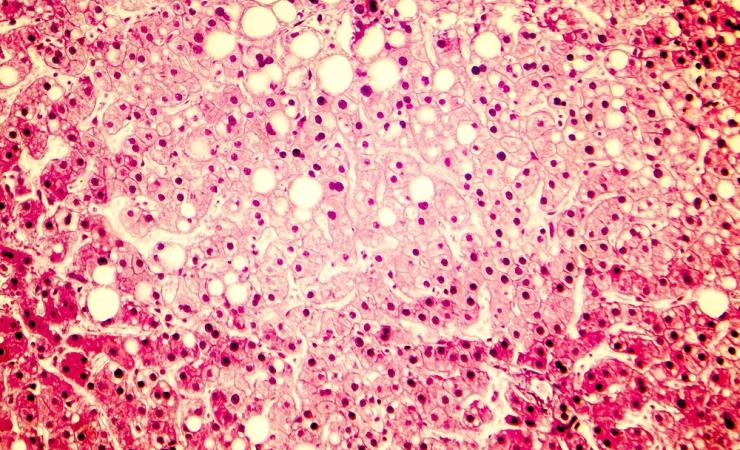Some 30% of the world’s population has metabolic dysfunction-associated staetotic liver disease (MASLD), which is characterised by a build-up of fat in the liver. Many people with MASLD will have no symptoms, but some (around 1 in 5) will develop MASH (metabolic dysfunction-associated steatohepatitis). In MASH, the fat in the liver causes it to become inflamed and damaged. In the most serious cases, MASH can cause irreversible damage to the liver and can even lead to liver cancer. The scale of the problem is immense; MASH is expected to be the leading cause of liver transplants worldwide by 2030. Yet all too often, patients only find out that they have MASH when they develop serious complications such as cirrhosis or liver cancer.
“To be able to detect and diagnose MASH early, we need clear tools to diagnose and solid information for primary and secondary healthcare providers but also for patients,” said GRIPonMASH Principal Investigator Prof. Oscar H. Franco, MD of UMC Utrecht. “MASH is a disease caused by lifestyle and can luckily be reversed by changing habits. If we make sure this happens sooner, we can prevent a lot of unnecessary harm.”
The aim of the GRIPonMASH project is to design and set up a platform capable of diagnosing people who have MASLD, so that they can take steps to protect their liver and stop their condition from evolving into MASH.
“We believe that by creating early detection and diagnosis of MASH, we can improve many lives. Not just patients that go undiagnosed and only find out when it’s too late, but also healthcare professionals who can now focus on early treatment through proven lifestyle interventions”, explained Prof. Dr Manuel Castro Cabezas, scientific director and (together with Prof. Dr D.E. (Rick) Grobbee of UMC Utrecht) co-founder of GRIPonMASH.
The sustainable, scalable platform will allow the screening of people with known risk factors for MASLD (such as diabetes, metabolic syndrome, obesity, and high blood pressure). Decision-support tools based on artificial intelligence (AI) will draw on information from diverse blood tests to identify the people with MASLD who are at greatest risk of developing MASH.
Today, a diagnosis of MASH usually involves a liver biopsy, but GRIPonMASH plans to develop non-invasive alternatives based on imaging and organ-on-a-chip technologies, for example. Finally, the platform will provide patients with personalised lifestyle advice to help them boost their liver function.
“Leveraging innovative biomarkers and digital technologies is imperative to overcome the barriers of low MASH awareness and diagnostic rates and to make sustainable care feasible for health systems in Europe, said project lead and industry chair for GRIPonMASH, Jo Massoels of Echosens. “The GRIPonMASH consortium provides a gateway for the industry to advance these innovative biomarkers and digital technologies and to validate them in care pathways for MASLD patients across Europe.”
Ultimately, the project aims to get a ‘grip on MASH’ by transforming the way MASLD is detected and diagnosed.
